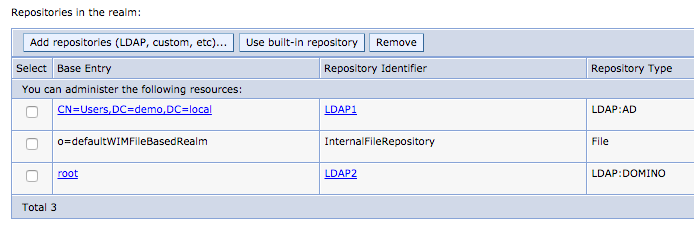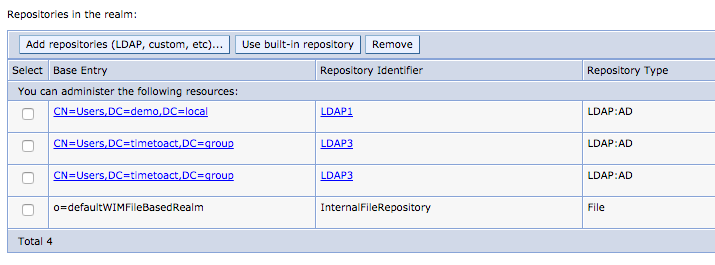I really like Blackberry Smartphones and I used them over the last 10 years. Never needed a case for protection. All devices dropped on any type of ground for many times. You can see it at the edges and corners but no broken screen.
Some months ago my Blackberry Passport dropped very hard directly on a piece of stone and the screen broke completely. I would buy this phone again but Blackberry has stopped the development for their OS.
My first thought when I was able to compare Samsung Galaxy with an iPhone was about the advantages of a single vendor for hardware and the operating system. IOS feels more whole integrated and you have not to care about long time updates for the software. This is what I am used to. So I finally decided for an iPhone 8 – together with a case.
I also would like to think that the business model of Apple and Google is at least slightly different. Apple as manufacturer for devices running their own software with a high pricing. And Google as big data company with Android and any device vendor as yet another data source (#yads).
It will take me some time until I stop scrolling to the far left screen searching for the message hub. The far left screen on iOS is rather useless. I also miss the separated spaces for business and private which is directly and fully integrated on Blackberry OS. By contrast, the app container sandbox used by MDM solutions on iOS look like a work-around.


